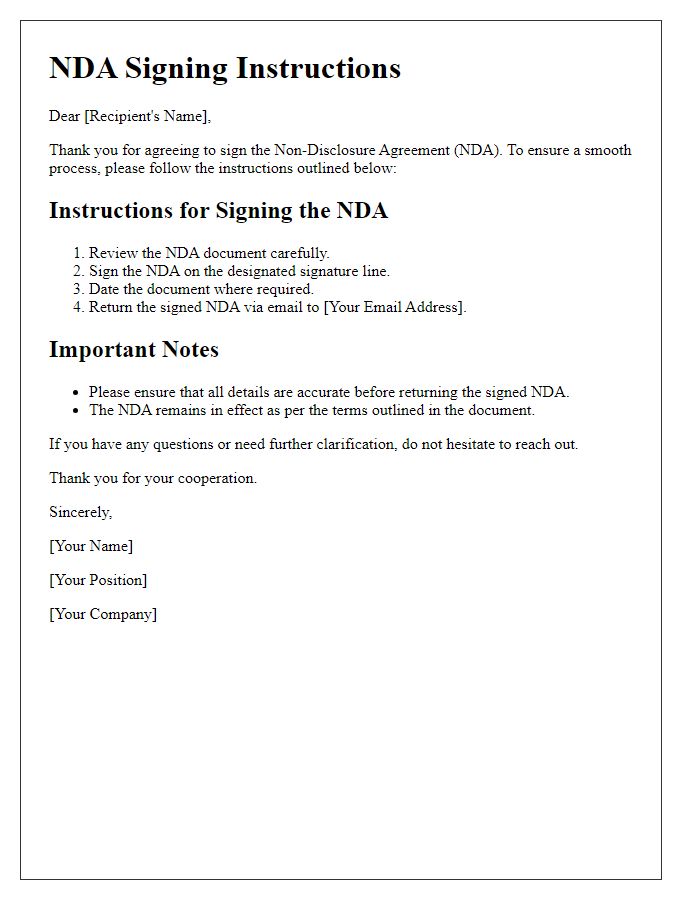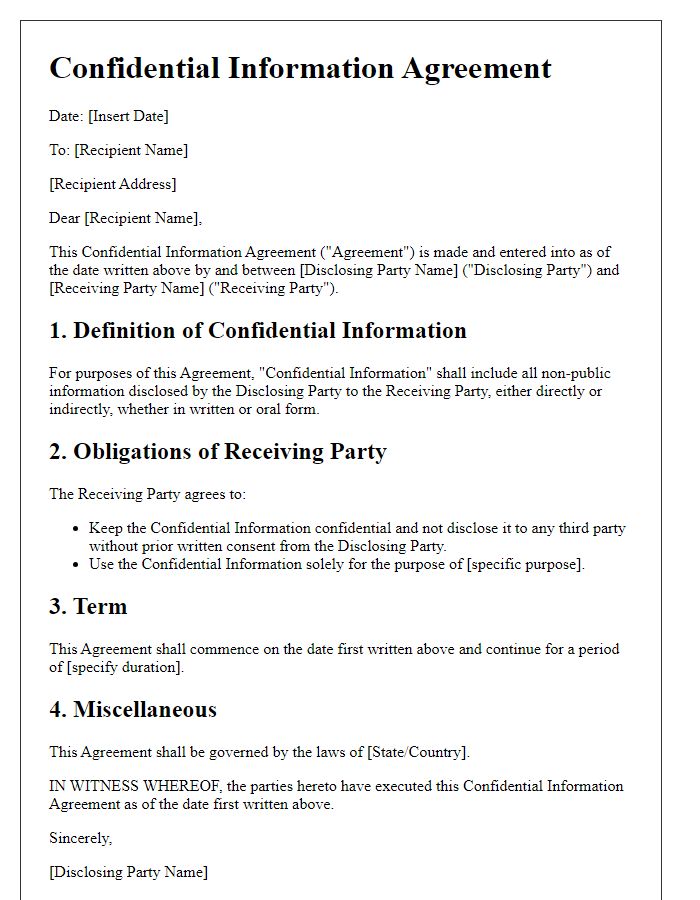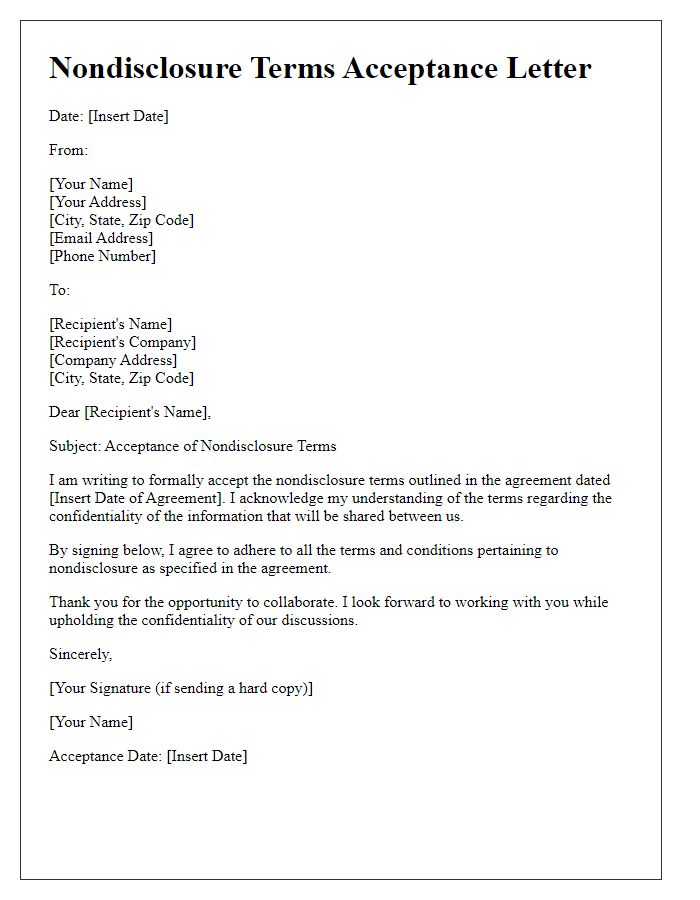Are you looking to protect your sensitive information while collaborating with others? A nondisclosure agreement (NDA) is a crucial tool that helps maintain confidentiality and ensures that private details remain under wraps. By signing this agreement, both parties can build trust and foster open communication without the fear of information leakage. Curious about how to draft your own NDA or the key elements to include? Read on to discover all you need to know!

Parties Involved
In a nondisclosure agreement (NDA), the parties involved typically include two main entities: the disclosing party and the receiving party. The disclosing party represents the individual or organization sharing confidential information, such as a tech company (e.g., Apple Inc.) revealing proprietary algorithms. The receiving party refers to the individual or organization receiving that information, which could be a contractor or a partner, like a research institution (e.g., MIT) collaborating on a project. The NDA clearly outlines the purpose of the information exchange, which may involve ongoing research and development activities or strategic business discussions. Moreover, the agreement specifies the duration of confidentiality, often ranging from one to five years, ensuring that sensitive material, such as trade secrets or customer data, is protected from unauthorized disclosure. Properly identifying and detailing the involved parties is essential for legal enforceability and effective protection of confidential information.
Confidential Information Definition
Confidential information refers to proprietary data or sensitive information that requires protection from unauthorized disclosure. This includes business strategies, financial data, customer lists, technical specifications, or any other material marked as confidential. Examples of confidential information encompass trade secrets held by companies like Google, proprietary algorithms integral to software performance, and confidential research data from medical trials conducted by institutions such as Johns Hopkins University. Ensuring the confidentiality of this information is paramount to maintaining competitive advantages and safeguarding intellectual property within industries ranging from technology to pharmaceuticals.
Obligations and Restrictions
A nondisclosure agreement (NDA) establishes legally binding obligations and restrictions regarding confidential information. Parties involved, such as businesses and individuals, must safeguard proprietary data, trade secrets, and sensitive insights. For instance, specific obligations may include not disclosing confidential information to third parties without explicit permission, ensuring all employees are also aware of confidentiality guidelines, and maintaining the information's integrity during and after the agreement period. Violations can lead to legal repercussions, including monetary damages and injunctions. Restrictive clauses often detail the duration of confidentiality obligations, typically lasting several years, and outline acceptable methods for information handling, such as secure storage and limited access protocols. The agreement also frequently includes provisions addressing the return or destruction of confidential materials upon termination of the relationship, ensuring no unauthorized use occurs thereafter.
Duration of Agreement
A nondisclosure agreement (NDA) typically specifies the duration in which confidential information shared between parties must remain protected. The duration of agreement section often states the time frame for which the NDA is enforceable, commonly ranging from one to five years. In some instances, confidentiality obligations may extend indefinitely, particularly for proprietary information or trade secrets. Clear definitions of what constitutes confidential information, as well as stipulations for the return or destruction of such data upon agreement termination, are essential components. Additionally, certain sectors, such as technology or pharmaceuticals, may impose stricter terms due to the sensitive nature of their information. Understanding these time frames is crucial for safeguarding business interests and fostering trust.
Consequences of Breach
A nondisclosure agreement (NDA) serves to protect sensitive information shared between parties, such as businesses within technology sectors like software development or healthcare. Breaching an NDA can lead to significant consequences, including legal action, financial penalties, and damage to professional reputations. Financial repercussions may include compensation for any losses incurred, which can reach thousands of dollars depending on the extent of the breach. Legal consequences may involve litigation costs and attorney fees that can escalate quickly. Additionally, the breaching party may face injunctions that prevent them from disclosing any further confidential information. Overall, the commitment to maintaining confidentiality often reflects broader corporate values and can impact future business relationships and trust in professional networks.













Comments